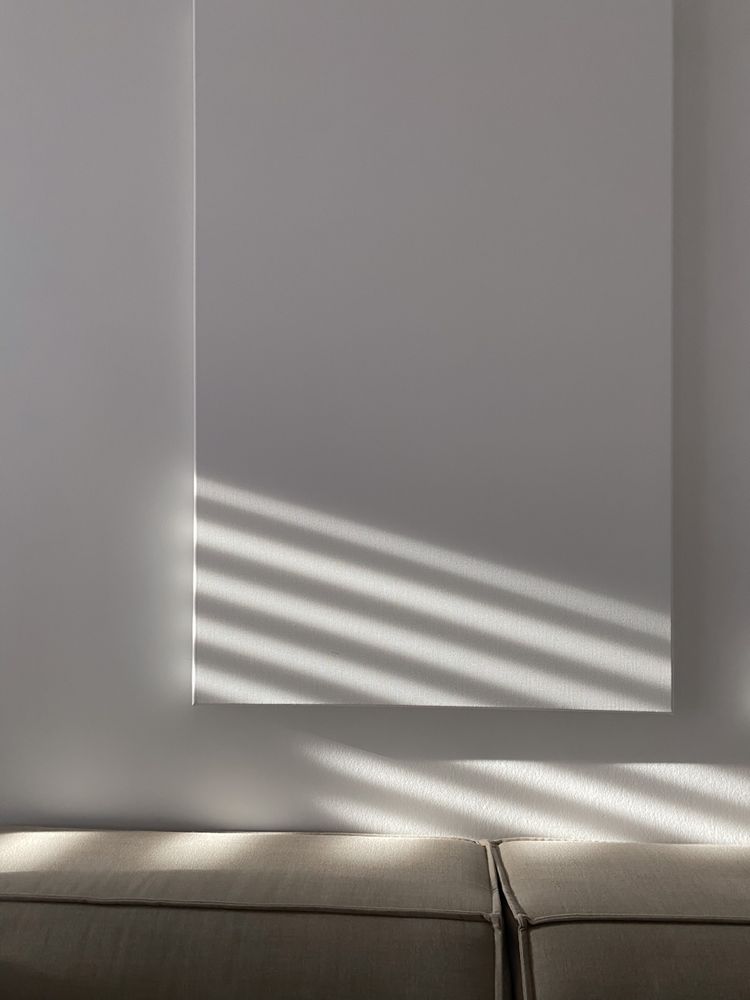



Standard exploration of the social contract and in-depth analysis of visitor perspective in art museum
As a result of the last tutorial, I was advised to try to find out the criteria for social contracts in museums. I wanted to explore what the standards were and how visitors reacted and really felt when they were disturbed by someone. Do they express this directly or do they look annoyed?
In order to be more intuitive and allow the stakeholder to actually participate in the situation, to get the most realistic feedback. I decided to play the role of taking selfies with the artwork in front of people who were seriously looking at the exhibition, to see how they reacted and to get their opinion afterwards.
When I simulated the photo taker trying to disturb people, most people simply walked away to see the next piece. When I stood in front of a painting that someone was already looking at, they also chose to leave and no one came up to stop me.
After that I interviewed a total of seven people who had seen what I was doing. As usual, I first asked them if they usually took photos in exhibitions and if they took photos with the exhibits. If yes, what is the purpose? If not, why not? Then I asked them what they thought when they saw me using the museum as a photo booth. And What else did they think was inappropriate and might affect them in the museum?
Most of the respondents were not people who like to take photos with artworks, but some of them would occasionally take out their mobile phones to take photos of their favourite pieces. When I asked why they didn’t take photos with the artwork, some replied that they thought it was weird, some replied that they didn’t need to because they didn’t have requirements like sharing it with others, and some thought that they came to the museum to enjoy the art atmosphere and that they wouldn’t be able to do so if they kept taking photos. Others felt that they came to the museum to learn from the artworks, to understand one piece and then move on to another and that there was no need to take photos unless they felt the need to record them to check them out then.
Moreover, when I asked what they thought of people who used the museum as a studio or did what I just did, most of them said they understood because nowadays, with the development of social media, they would respect it even if some of them didn’t like it. I then asked curiously what kind of behaviour would they find unacceptable. Is there a standard? They answered, for example, if they want to see a piece of artwork and someone keeps getting in the way, they would find it disturbing. Others said that a few people taking pictures quietly was acceptable, but too many people taking pictures would spoil the atmosphere of the exhibition.
There are a few people who took photos with the exhibits said they wouldn’t take photos in a normal exhibition, but they had taken photos with famous paintings before and they did feel a bit disturbed by my action, they said they would try to take fewer photos next time or take them as soon as possible without blocking others.
In addition, I also asked what other behaviours they thought were inappropriate in a museum and the answers were bringing food indoors, drinking, talking too loudly, not keeping a proper distance from others, etc. I also asked them what their ideal museum environment would be and most of them thought it would be a place where people take their time to look at the works, a quiet and tranquil space, appropriate privacy and a distance between people.
//Reflective report//
One of the important points I discovered from this intervention is that whether people take photographs or not seems to depend on whether there is value in doing so. If they think it’s worth taking a photo, perhaps of a famous artist’s work, etc., they will take it. This explains why there aren’t many people taking photos in ordinary art museums, but people at the Van Gogh exhibition are taking photos with their mobile phones. And if the photograph is useful afterwards, that is, if it has a purpose, then people like to take photographs, for example, to share on social media, to do research, to gather inspiration for their work, and so on.
So why do some people have these specific needs and others don’t? And why do some people find an exhibition ‘worth photographing’ and others don’t? Since the intervention was aimed at people from Western countries, as I had originally observed, most of them did not take photographs with the exhibits. If we divide the visitors into those who like to take pictures with the exhibits and those who don’t like them but simply to experience the artworks, next time I will look for those who like to take pictures and find out what they want and why.

a interesting intervention!